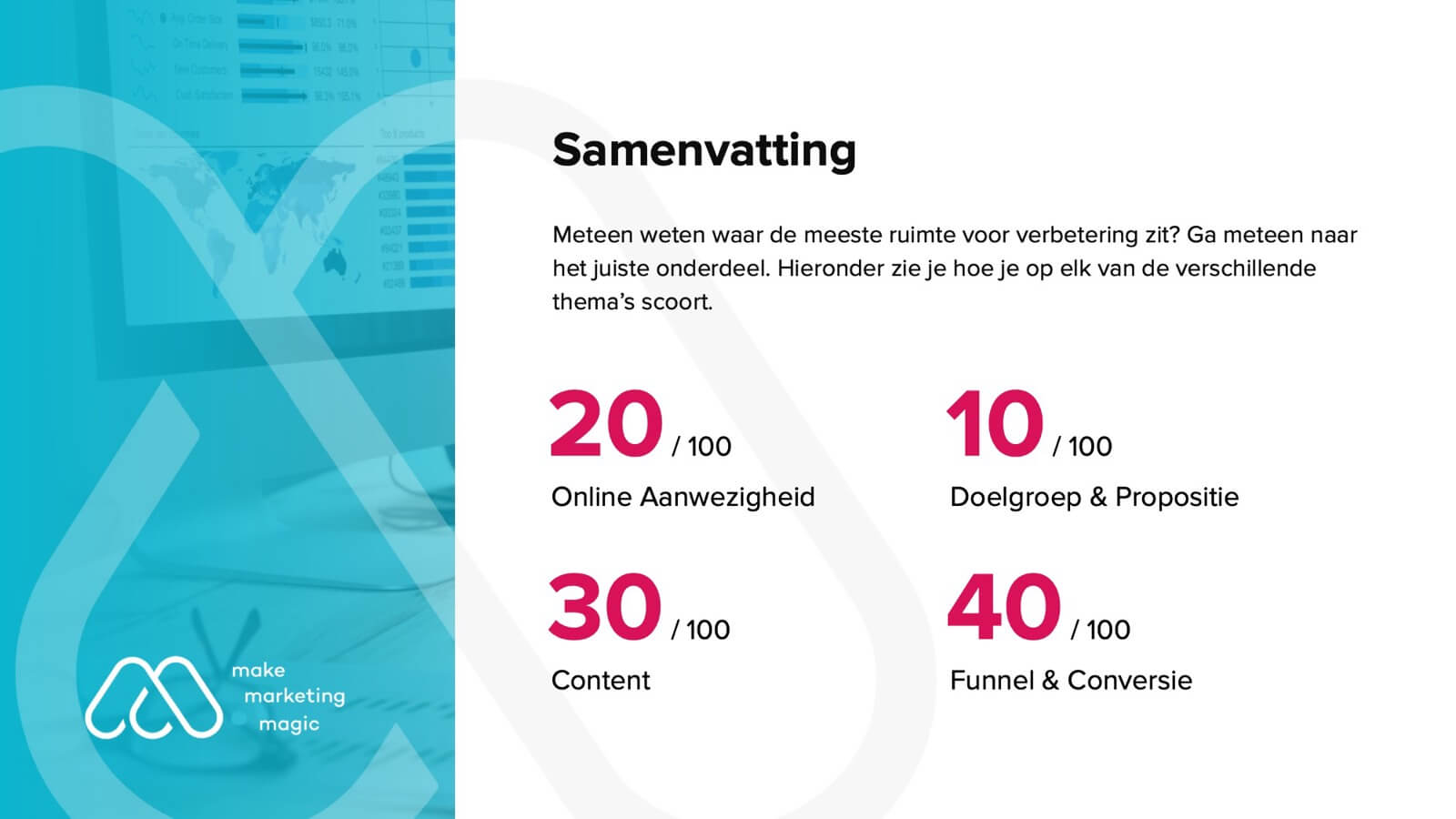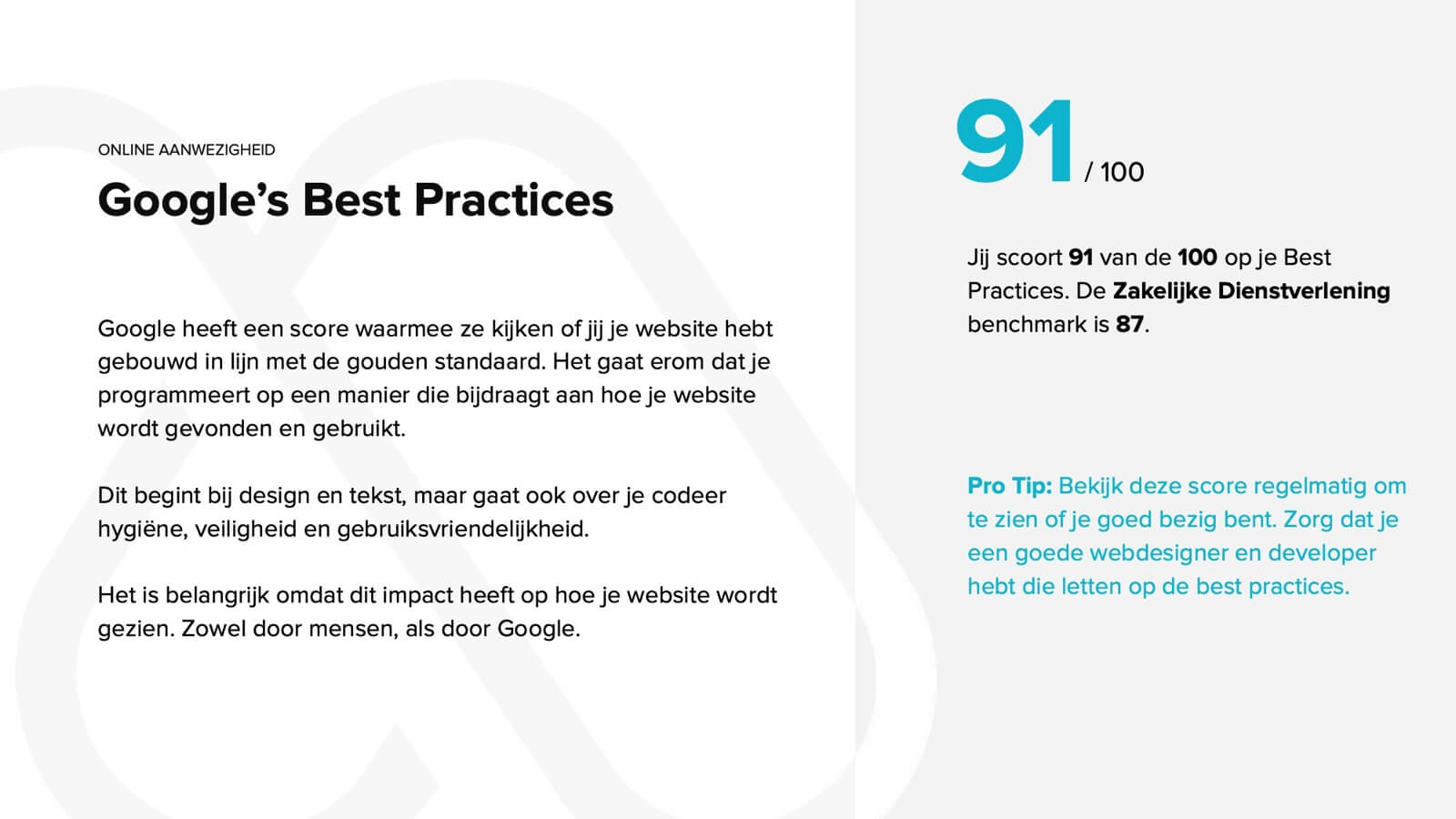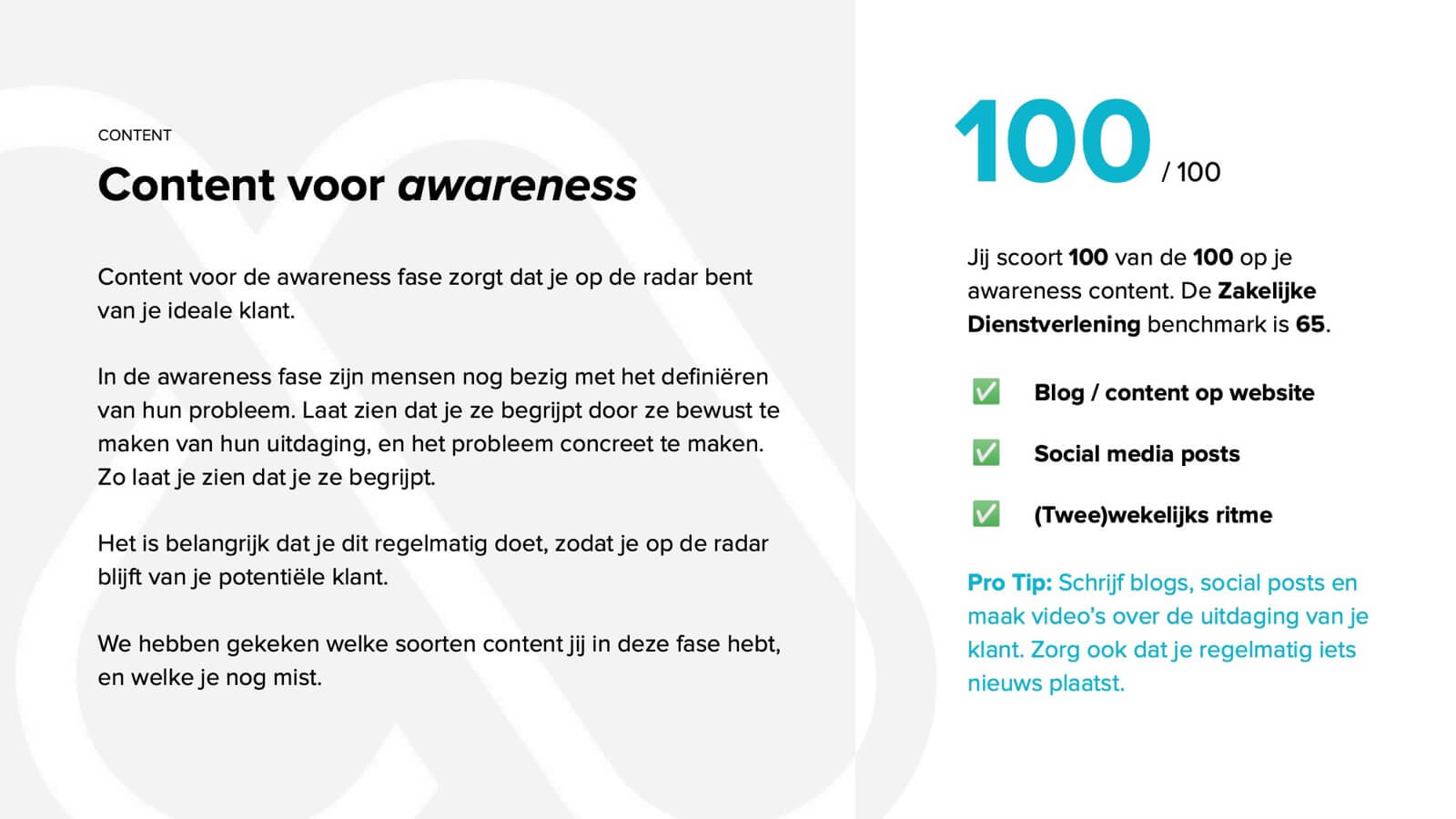
You don’t need to be sexy to have a great value proposition
Door Make Marketing Magic op 5 juli 2021.
How do you get attention in a busy business world when you don’t have a sexy, “cool” product?
Trending on Instagram is not a must for a healthy business: solving your customers’ problems are what makes for strong growth and this is how you capture distinctiveness with a rock-solid value proposition.
The wheels of a strong economy are oiled with IT companies, accountants, business service providers and other unsung heroes. All are specialists in their own field, but they are not visible on most social media or trumpeted in the Press.
Don’t pay attention
The moment they slacken or don’t pay attention is when things go wrong. For example, we work with a number of data centres that you won’t have heard of, but, just as when Fastly hit problems last month, all the papers are full of it if they drop off.
So how can you position your company in the market if you don’t have a sexy product or service? The key thing is to state very clearly the problem you are solving for your potential customer and how you do it.
It sounds simple, but is one of the biggest challenges that companies face. Anyone can use hundreds of words on their website without explaining anything. Few can be ultra-clear about what they stand for in just a few words.
That is the power of a strong value proposition.
A value proposition? What is that?
A proposition explains your product or service. But a value proposition is about what problem you solve.
There is only one reason why customers buy something. Because they have a problem. And that’s where your value proposition comes in.
It is not about your product, not about your service, not about your company.
It’s about your customer’s world: their company, processes, competition, people or money. It is about their problem – which only you can solve with your value proposition.
In short: a value proposition is nothing more than a story in which you tell what problem you are solving and what the world of your customer will look like once that solution has been applied. The promised land.
It’s all about feeling
People need to believe in you before they buy from you. They must have faith in your story. Much of it is down to an emotional feeling.
It has been scientifically proven that people – including entrepreneurs, of course, – do not choose based on reason, but based on feeling.
Simon Sinek explained this in 2009 in his hugely popular TED Talk called ‘Start with Why’.
Daniel Kahneman introduced the fallible human psyche, characterized by flawed judgment, into economics and was awarded the Nobel Prize in Economics in 2002 for his research into how people think and make decisions.
Why, how and what
Sinek’s ‘why’ corresponds directly to Kahneman’s system 1, the feeling. The ‘how’ and the ‘what’ correspond to Kahneman’s system 2, our brain.
In your communication, it is therefore very important to connect with that part of our brain where decisions are made: emotion.
Then you substantiate with ‘how’ and ‘what’ and you go along with the step that the human brain makes: the decision has already been made more or less and now we move on to the rational. No psychological hassle, just simple biology.
Three questions
But how exactly do you clarify your distinctive character? You do this by answering three questions.
1. Who do you help?
Make it very clear who the target group is that you are helping. Name your target group, use the right tone of voice that suits your target group and also let it be reflected in the visuals on your website. In short, your target group must feel directly addressed.
2. What specific problem are you solving?
State which problem you are solving. Show that you understand your target audience and that you understand what they encounter.
3. How do you solve that problem in a unique way?
Explain how you help them. How do you do it, in your own way.
The more clearly and idiosyncratically you can answer these questions, the more you stand out from the crowd, particularly as your competitors are unlikely to answer these questions clearly at all.
Just look at a random selection of tech company websites to see how they all seem to be offering the same thing.
Everyone has stories
A value proposition is essentially nothing more than a story in which you tell what problem you are solving and what the world of your customer will look like once that solution has been applied.
If you are worried that you have no story of your own, think again. All or our experiences, whether positive or negative are stories.
You just have to write them down and share them with the world. A good story is personal and vulnerable and evokes feeling or emotion.
If you dare to share personal stories as a company, you touch people and you simply increase the chance that they will ever choose you.
Not convinced yet? Then read this article in Harvard Business Review: ‘ The irresistible power of storytelling as a strategic business tool ‘.
Make sure that you are not the hero of your story. When we tell a story, we like to see ourselves as the hero. A lot of companies do that too.
‘We are a dynamic, experienced organization with x professionals!’, ‘We are ISO certified!’
But in the story of your value proposition, you are not the hero. You are the helper, the experienced expert who helps the customer to achieve his or her objectives. That’s it. The helper, not the hero.
You help the hero of the story – your customer – in completing his or her mission.
That is exactly the role of an entrepreneur in the B2B space. A company runs into something, needs help and hires a specialist. In B2B, it’s not about egos, fads or trends, it’s about knowledge and experience. And you have it.
Your value proposition in practice
- Start by defining your target audience’s challenge. What is your unique way of tackling that challenge?
- Avoid jargon and keep it simple.
- Distinguish between knowing what your proposition is and writing it. Writing is a profession in its own right.
- Do you have a sharp value proposition? Call ten customers or people you know within your target group and ask for their feedback.
- Your story doesn’t have to be perfect. Don’t make it a ten-year plan. Everything is online these days. Do you think you want something different? Log in, edit it and you’re done.
Good luck!
And if you need help in defining your value proposition, contact us at Make Marketing Magic here.














